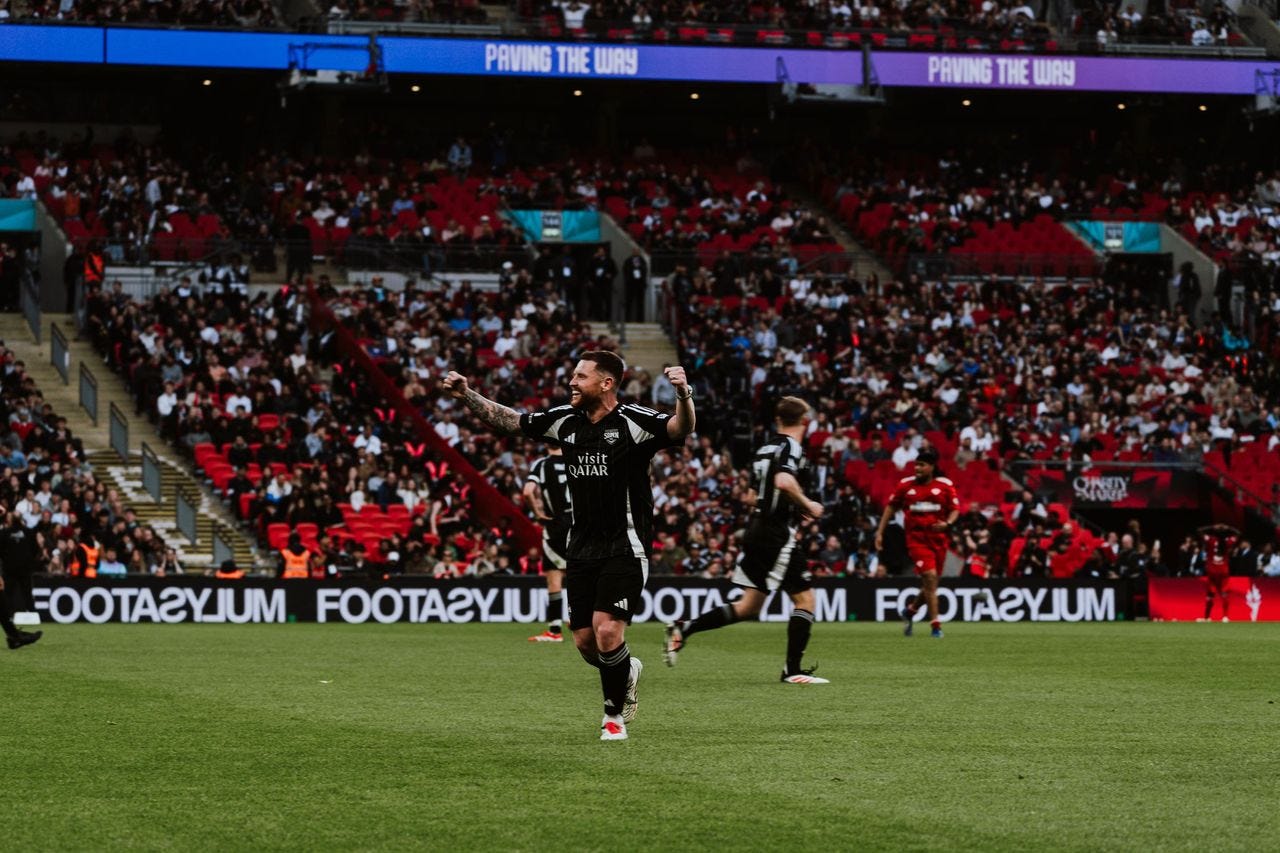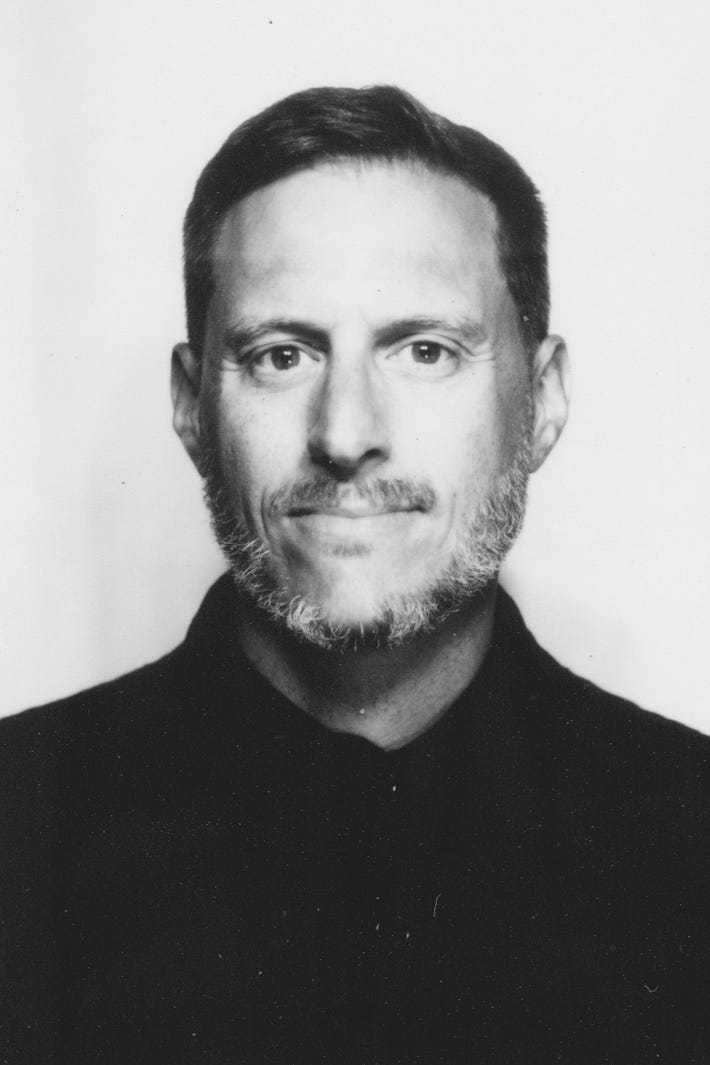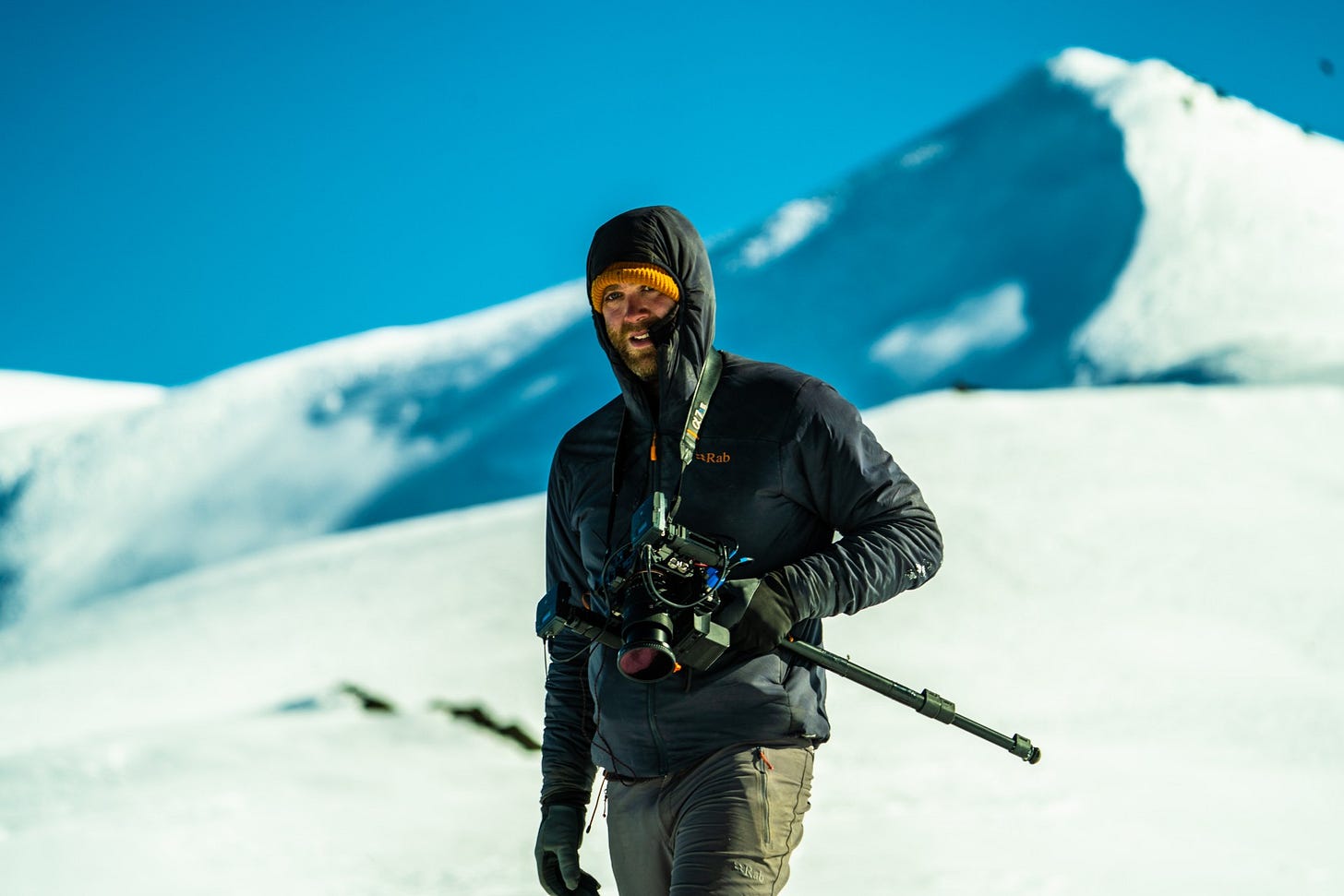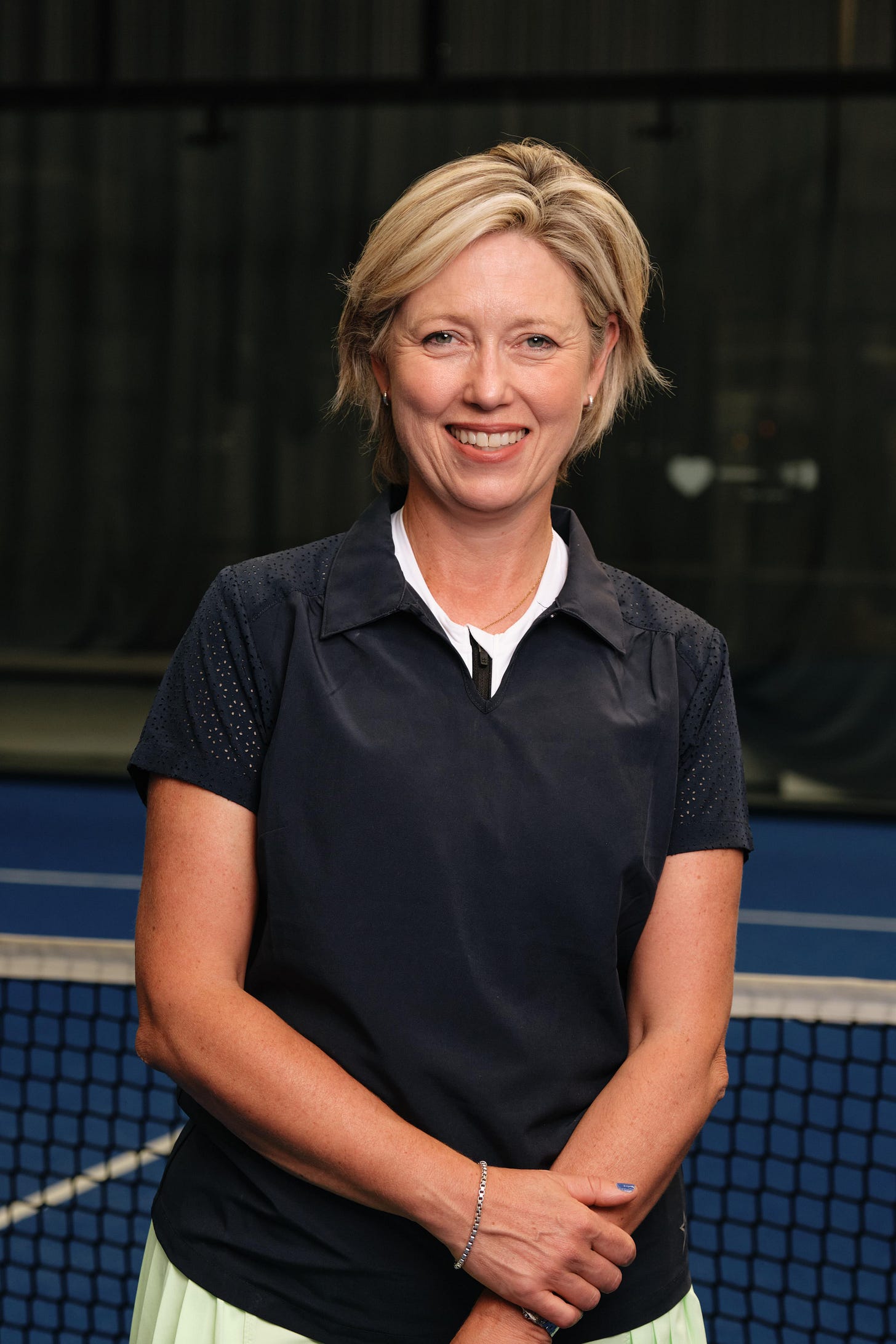Live sports events - untapped opportunities, funding and access
[FREE EDITION] Find out how you can tap into the live sports boom and where the burgeoning opportunities for growth lie
The live content landscape is ripe with opportunities for indies and has become more accessible than ever - just look at Mark Goldbridge, who got a deal enabling him to host Bundesliga Friday night matches via his YouTube channel.
Indies with live rights and formats in their pocket instantly put themselves in the spotlight of investors, brands, broadcasters and streamers.
In today’s edition, we’ve spoken to experts working in live TV and sports about how to best navigate the market and find new avenues that could lead to your next commission.
Read on and you’ll learn:
How to find your niche and get in early on emerging markets
How to leverage exclusive access
The best strategies for going live
How to secure funding and brand partnerships
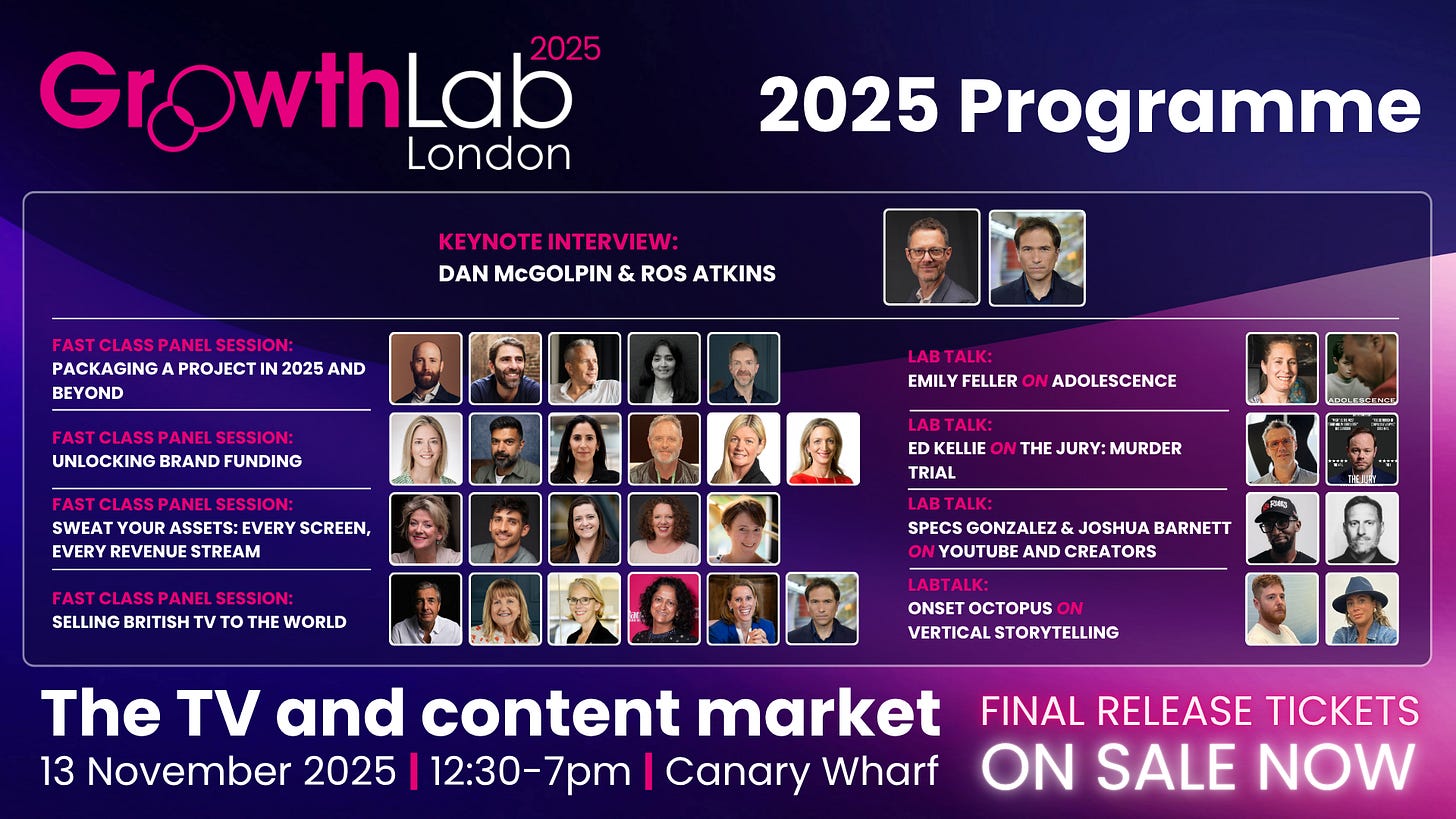
This week’s edition of The Indie Hustle is free to read for all subscribers.
If you enjoy this story and want weekly insights on the latest opportunities across TV and content, subscribing is easy and costs less than two ☕ a month.
Live sports and events are bigger than ever, which means more room for indies to make their mark. Read on for the lowdown on finding your niche, working grassroots connections, securing exclusive access and funding your next live format.
Get a head start on emerging markets
Keep your eyes peeled for up-and-coming sports or niche events that have flown under the radar — they could be your next big live hit.
Andrew Lynch, co-founder of Rainshadow Films and a live sports veteran, says: “Everyone loves watching sport, and I think it has been for some time one of the last bastions of live television, whilst everything moved to streaming.”
But before anything else, “You’ve got to find your niche and your angle,” says Joshua Barnett, managing director at After Party Studios.
The indie has produced YouTube stars Sidemen’s Charity Match for their channel since 2022, garnering millions of views. This year’s live match at Wembley was their biggest yet, attracting 2.5 million live viewers and nearly 20 million catch-up views within 48 hours, according to Barnett.
“We’re in the world of niche now,” says Barnett. “There are so many different niche sports, local sports and local teams that present huge opportunities for getting involved.”
He advises to “work the connections you have” and “scope out the market to see what opportunities are available.”
In practice, that means scouting grassroots leagues, new tournaments, and untapped markets.
Pep Stonor, founder of the female-skewered Empower Padel, notes that emerging sports like padel are “attracting big money,” but it’s the high-profile or male-only sports and leagues that rake in the most cash.
With growing live coverage of women’s sports, it’s a smart move for indies to focus their investment where it’s most needed.
“It’s becoming more and more evident across all sports that women are a really different target market from men,” notes Stonor.
Takeaways: scope the market; work out your angle or niche; invest where there is potential for growth.
Leveraging your way in
Don’t rule out the big leagues, warns Barnett. There’s still room for indies to make their mark in mainstream live sports.
Even content creators are getting in on the action, with Barnett describing Goldbridge’s YouTube streaming deal with the Bundesliga as “a marquee moment” in live sports.
He says that through partnerships and joint ventures, “the barrier to entry for live is so much easier and so much cheaper” and believes it’s all about being proactive and approaching those markets directly.
Stoner gives the example: “ If you wanted to come to us [Empower Padel] and do a story, you’d just have to deal with us. It wouldn’t be anyone else. We’re the rights holder.”
For Lynch’s Rainshadow Films, the solution became simpler once it identified untapped markets. The indie was the first to livestream the Mount Everest summit in a project called Everest.Live. With no mountaineering federation at Everest, all they needed was a filming permit and a (paid) ticket to the top.
“There isn’t a Premier League, there isn’t a FIFA, there isn’t a UEFA, there isn’t an IOC,” explains the founder. “That doesn’t exist in mountaineering, and particularly on Everest.
Even more so, when it comes to untapped markets or events that have never been covered before, real access can’t be bought. It’s earned by working hand in hand with those grassroots communities, notes Lynch.
Lynch explains that co-founder and climber Ben Ayers built a strong rapport with the other climbers and staff — “that allowed us to go to the mountain where others can’t.”
“People on the mountain really appreciate what we were trying to do. It was user-generated content as well; they would send us content just to tell their stories of where they were on the mountain and the cycle they were in…so there weren’t any barriers for us to do it.”
Takeaways: explore joint ventures and partnerships; work from the grassroots level up
Strategise for live
Learning from the best and understanding what works will get you far. Although Everest.Live is a documentary format, Lynch says, “we modelled it on what would be a live sports broadcast.”
The indie delivered over 35 days of continuous on-the-ground live coverage from the world’s tallest mountain. Lynch explains they took cues from live sports events like the Tour de France and the Olympics, where a live show can run over a series of weeks.
The payoff? More than 10 million organic views and over 8.5 million unique viewers across its social platforms.
It also gives you room to build wrap-around content around the live show, says Lynch. During its coverage, Rainshadow broadcast daily dispatches, breaking news and eyewitness tales.
“Utilise all the stories, all the content and all the storytelling methods around that live sport,” he says. “It’s the same for any other kind of athlete or sport when you’re creating this ecosystem of content…it’s ancillary to the real story that’s happening on the ‘pitch’.
Think documentaries or interviews — opportunities to keep the story going beyond the live show.
The goal is to create a full-scale live show experience, rather than just a simple livestream.
From live broadcasting matches at Charlton to Wembley Stadium this year, After Party’s Barnett explains you need “someone to write the script, to bring some infrastructure, manage the teams and the hosts and the talent on the ground.”
The exec reveals they used a total of 27 cameras for the Sidemen’s Wembley match, including a referee cam and microphones on the team captains, to capture those must-see live moments.
He recalls, “We even bought in a live selfie stick, so if there was going to be a penalty shoot-out, which there was, we could have the players pick up a live selfie stick that we could beam from the gallery….Max Fosh took the bait, picked up the selfie stick, and we have this incredible moment of him.”
Takeaways: Look for the best live model and make it your own; think live show, not livestream; create a must-see moment
Brand partnerships and funding
Live sports and events have long been a breeding ground for brand partnerships.
Stonor says Empower Padel and its dedicated fanbase is proving “really attractive” to sponsors entering the sport. The company has partnered with brands like Evelyn Partners, Sweaty Betty and Goldman Sachs for its live events at locations ranging from The Hurlingham Club to grassroots communities but she believes the female side of the sport and its lifestyle/wellness sector appeal is still “a huge powerhouse that has been untapped.”
Meanwhile, After Party Studios enlisted the help of Google, YouTube and Footasylum to fund the Sidemen Charity Match and bring it to life.
“We’re not Sky and Netflix,” Barnett says. “I think we do what we do at a level of quality and at a level of scale, and at a really good price point that maximises the money that goes into that charity pot at the end of the game.”
Barnett goes on to explain that in the live space, brands often perform as both the commissioner and content creator.
He warns: “You’ve got to have a right reason to work with them. You’ve got to have a view on where you can place them. We’re very specific in how we go out to brands and what the ask is and what we can offer.”
With the live space maturing, he predicts a shift towards brands wanting to do more live experiential content.
The big-bucks brands can offer may help, but they’re not essential to creating an impactful live show.
After self-funding Everest.Live on a low budget and with a skeleton crew “as proof of concept that we could do it,” Lynch claims they’ve attracted global interest from brands and broadcasters. He adds that the indie’s next step is to partner with them to turn it into an annual live show.
His goal: “ We just wanted to capture this moment in time and have this repeatable thing that we can do year on year.”
“We’re basically going bigger and better next year and essentially trying to turn it into a live studio show that has multiple elements [and] multiple characters.”
Takeaways: collaborate with brands to fund live shows; start small and be prepared to fund it yourself
This week’s edition of The Indie Hustle is free to read for all subscribers.
If you enjoy this story and want weekly insights on the latest opportunities across TV and content, subscribing is easy and costs less than two ☕ a month.



